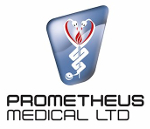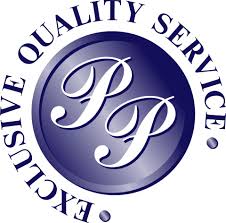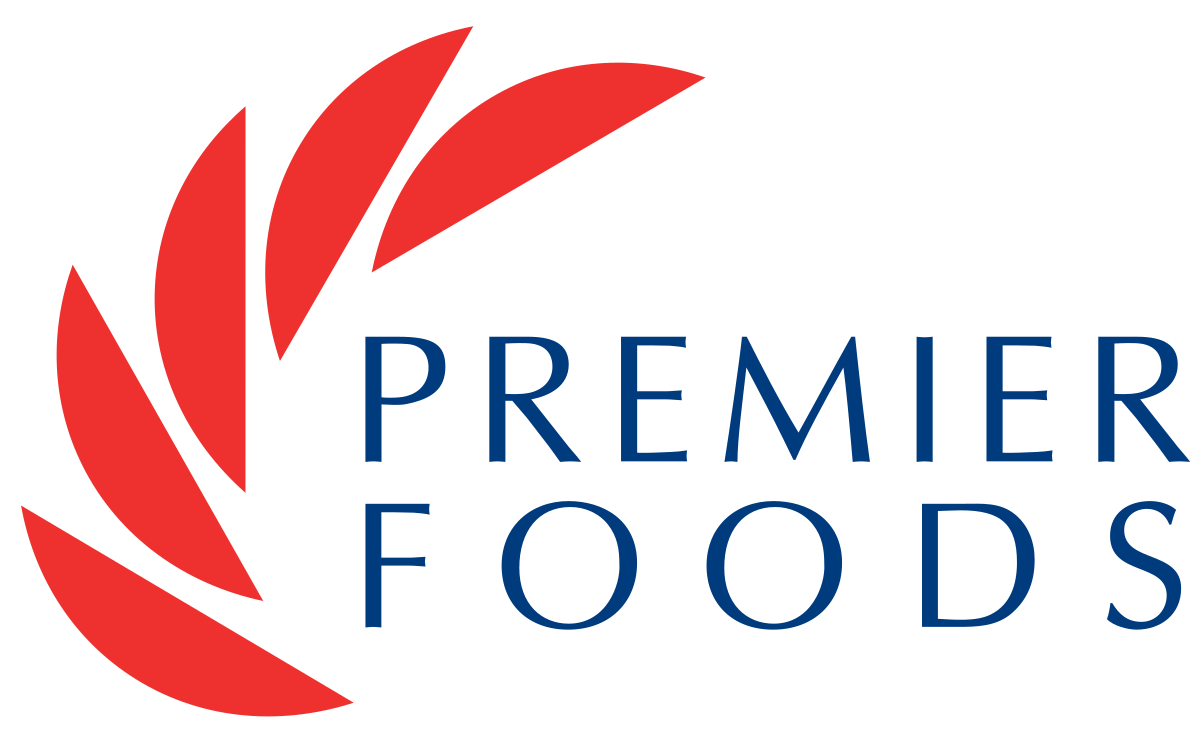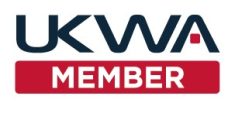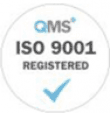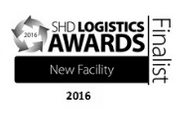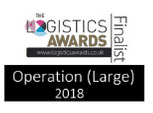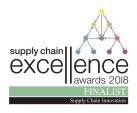Premium Bakery Brand
Transport Review For Premium Bakery Brand
Our client, a premium bakery brand, engaged Go Supply Chain to undertake a review of their transport operation, including routing and scheduling, and to provide a cost to serve model to improve understanding of planning of new locations. The client is a fast growing business, using its own fleet of vehicles to make daily fresh deliveries to over 1,000 locations in the United Kingdom from a number of production locations of varying capacity. The distribution network has grown rapidly to meet the expanding needs of the business. The company felt that an external review of the transport operation was appropriate at this point to ensure all areas of best practice were being captured, and to bring greater visibility to the cost to serve each delivery location (and hence profitability). Go Supply Chain’s logistics consultants initially gathered data and spent some time in the operation to get a full understanding of its specific characteristics and challenges. We then embarked on the two key workstreams: routing and scheduling optimisation and building the cost to serve model.Routing and Scheduling Optimisation
Go Supply Chain used state of the art vehicle routing and scheduling software package DPS Logix to model the existing transport operation and suggest opportunities for route optimisation. Initially, current routing information and assumptions were input to create a model of the existing operation. Working closely with the client team, this was carefully refined until it was agreed that it was a fair representation of the ‘base case’ for comparison. Using the optimisation functionality of DPS Logix we modelled a number of scenarios, such as improving the routing within existing constraints, opening up delivery windows and alternative depot allocations. The outputs of these scenarios were alternative sets of routes that offered the potential for significant transport cost reduction.Cost per Drop Model
We created a flexible, Excel based model for costing of transport routes and allocation of these costs to distribution locations. We handed this over to the client’s team for ongoing use. The model is easy to use, with input assumptions such as fuel price, fleet capacity and units costs clearly identified. The outputs show costs per route, per depot, per delivery point (both absolute cost and % of forecast and actual sales). The model is linked to Google Maps, providing a clear indication of delivery point locations. Using the model the business can identify high cost to serve locations and focus on these to improve profitability. The model can also be used to calculate the cost to serve for proposed new locations and routes.Click here to contact our logistics consultants
Client
- Premium bakery brand
- Own mixed fleet of 50+ routes
- Daily, fresh deliveries to 600+ retail locations throughout the UK
Requirements
- Review of in-house transport operation
- Optimisation and scenario modelling of vehicle routing using specialist software
- Provision of a ‘Cost per drop’ model, calculating the cost of delivery to each location, both in £ and as a % of sales revenue
Business Benefits
- Transport cost reduction through improved vehicle routing
- Understanding of the cost to serve, highlighting high cost areas for management and informing future location planning decisions


